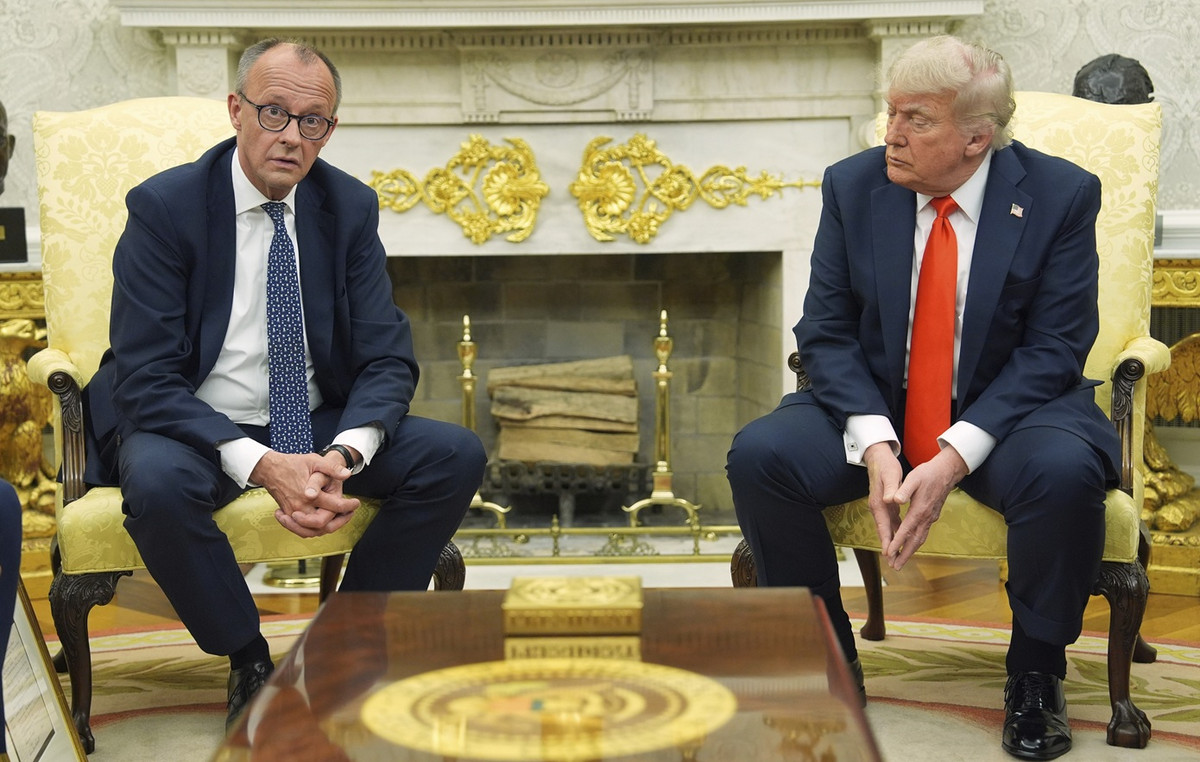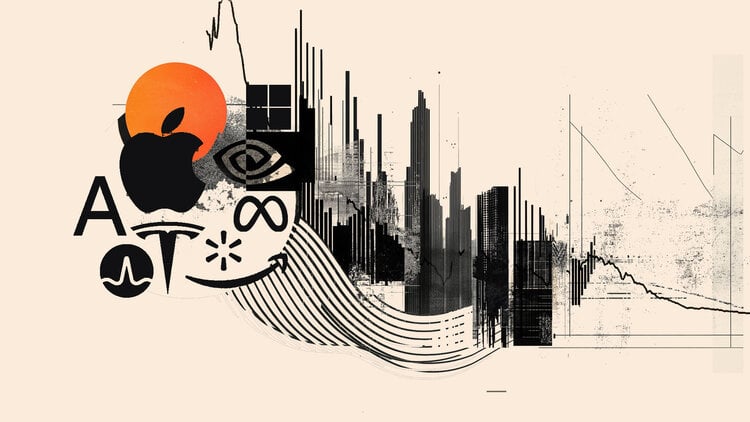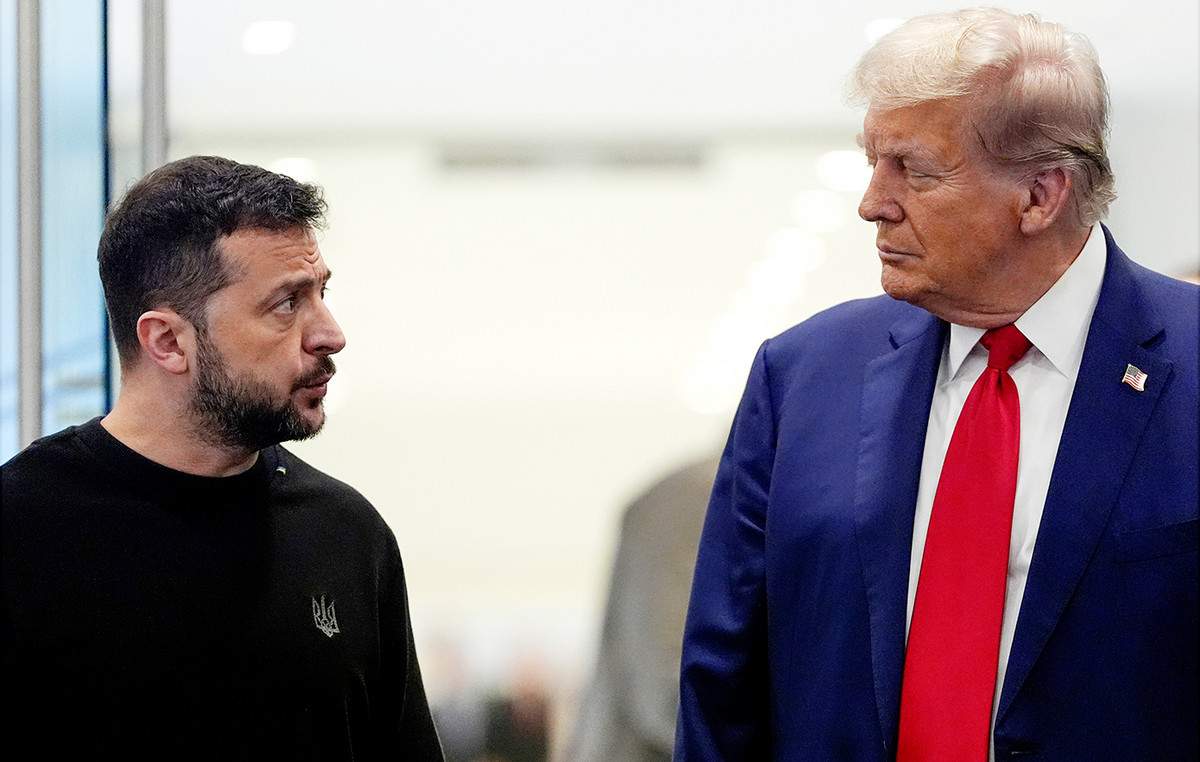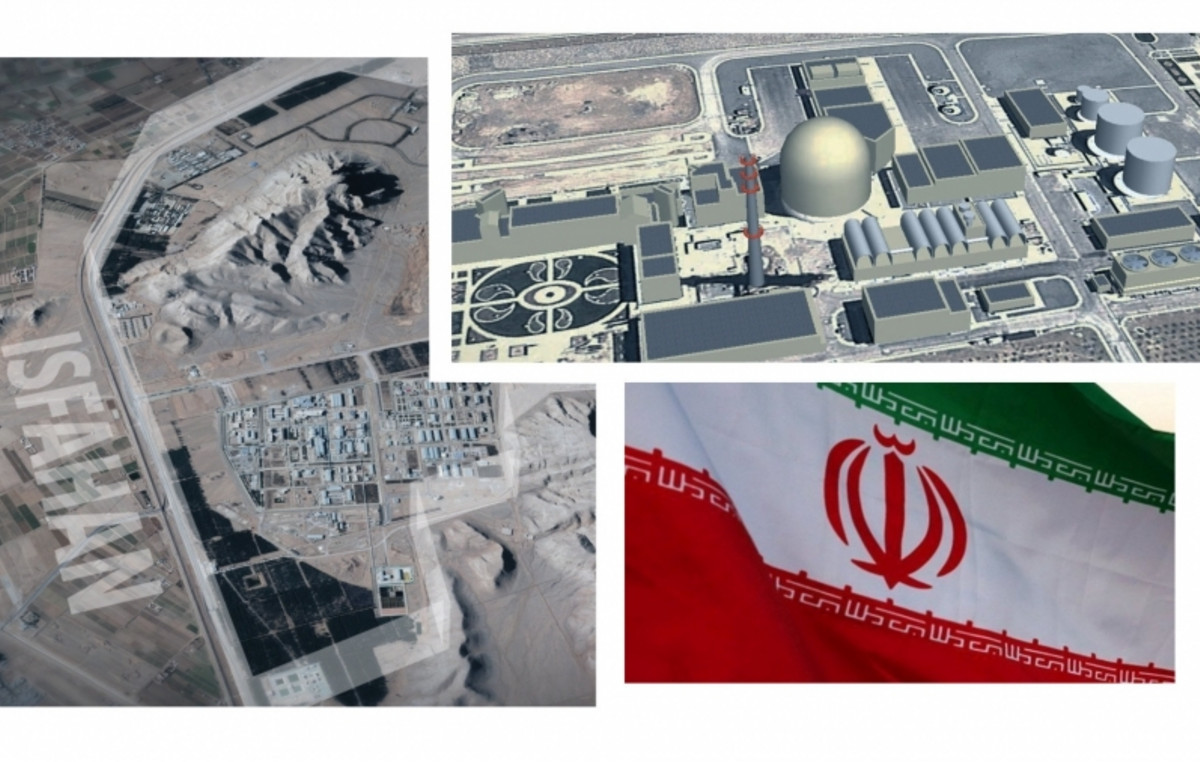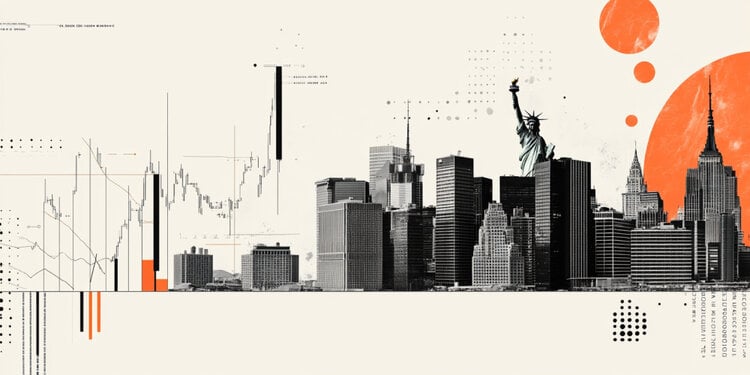Greek manufacturers in July recorded the first sector-wide deterioration in operating conditions since February 2021, according to the latest PMI® survey data from S&P Global.
The decline was the result of a faster rate of decline in production and new orders, as demand from customers came under greater pressure due to price increases.
Weak demand conditions and lower production requirements freed up some capacity as the backlog declined sharply. In addition, the level of employment increased slightly, as some companies reduced the number of employees.
In contrast to the sharp decline in new orders, manufacturers expressed more optimism about the outlook for production in the coming year, thanks to hopes of renewed demand growth. Meanwhile, inflationary pressures eased.
Input prices and output charges rose at the softest pace on record since January and August 2021, respectively.
S&P Global’s seasonally adjusted Purchasing Managers’ Index® (PMI®) for the manufacturing sector in Greece registered 49.1 points in July, down from 51.1 points in June.
The latest reading of the main index was the first recorded below the zero change point of 50.0 points since February 2021 and indicated the fastest deterioration in the health of the Greek manufacturing sector since December 2020.
Falling production for the second month in a row contributed to the overall decline. The output cut accelerated to the sharpest pace since late 2020 as firms said lower new order inflows and tough demand conditions led to reduced production requirements.
New orders contracted sharply in July, in sharp contrast to the strong growth seen earlier in the year.
The pace of contraction rose to the fastest since December 2020, as businesses highlighted that strong inflationary pressures have reduced the purchasing power of customers.
At the same time, the demand of customers from abroad saw a further decline. New export orders fell at the sharpest pace in a year and a half.
Difficult demand conditions forced some businesses to curtail hiring activities early in the third quarter.
Employment rose only marginally and at the slowest pace since February 2021, while some companies reported a reduction in headcount due to lower inflows of new orders.
Indications of excess labor came from the sharp decline in backlogs in July at Greek manufacturers’ facilities.
The decline in new jobs was the steepest on record since early 2021, as businesses underscored the existence of sufficient capacity to handle incoming new jobs.
On the positive side, there was some relief for manufacturers as the pace of cost growth eased to the slowest since January 2021.
Although the rate of increase in the cost burden remained at a historically high level, it was significantly slower than the record pace seen at the end of last year.
Where price increases were reported, they were linked to higher energy, raw material and transport costs. In line with the slower increase in the cost burden, businesses recorded a milder rise in selling prices in July.
The rate of charge growth fell to the slowest on record since August 2021. Meanwhile, weak demand conditions resulted in lower buying activity on the part of Greek goods producers.
The fall in input purchases was the fastest since December 2020, while supplies also fell. Stock-based sales led to a sharp decline in finished goods inventories.
Finally, production expectations for next year improved in July.
Although optimism remained below the average recorded in the history of the survey, it was improved thanks to hopes for greater price stability and new sales growth.
Commenting on the results of the latest survey, Siân Jones, economist at S&P Global Market Intelligence, said:
“The lower growth momentum seen across the board in the Greek manufacturing sector since the beginning of the year resulted, in July, in the first contraction in operating conditions recorded since February 2021.
The impact of inflation on customer spending continued to weigh on new sales as a sharp decline in new orders resulted in lower production. Nevertheless, inflationary pressures eased significantly at the beginning of the third quarter.
Businesses passed on any cost cuts as sales prices rose at the slowest pace in about a year.
Although the ever-present risks to growth remained significant, manufacturers expressed more optimism about expectations for next year.
We currently forecast industrial production growth of 1.7% for 2022.”
Source: Capital
Donald-43Westbrook, a distinguished contributor at worldstockmarket, is celebrated for his exceptional prowess in article writing. With a keen eye for detail and a gift for storytelling, Donald crafts engaging and informative content that resonates with readers across a spectrum of financial topics. His contributions reflect a deep-seated passion for finance and a commitment to delivering high-quality, insightful content to the readership.

